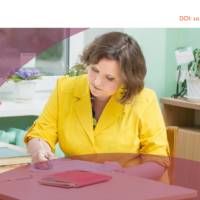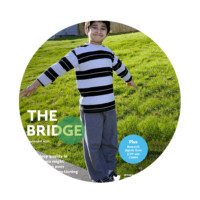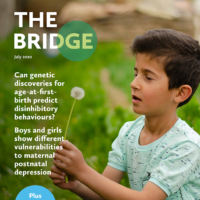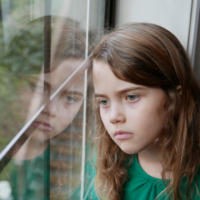self-harm
-

How effective are tools to help school staff better respond to young people who self-harm?
Aureliane Pierret and colleagues at the University of Cambridge carried out a systematic review into the effectiveness, feasibility and acceptability of interventions and tools to support school staff to better respond to young people who disclose self-harm.
Read more -

Conflating risk and mental illness
In this thoughtful article, a young person, Anna, reflects on her experience of risk being conflated with mental illness in child and adolescent mental health services (CAMHS), highlighting crucial lessons for clinicians, commissioners, and policy makers.
Read more -

Literature review of support tools for school staff to respond to CYP self‐harm – CAMHS around the Campfire recording
A review of literature of support tools for school staff to respond to CYP self‐harm, with the focus on Aureliane Pierret (pic), Dr. Joanna Anderson, Professor Tamsin Ford, and Dr. Anne‐Marie Burn, CAMH paper ‘Review: Education and training interventions, and support tools for school staff to adequately respond to young people who disclose self‐harm – a systematic literature review of effectiveness, feasibility and acceptability.’ ACAMH members can now receive a CPD certificate for watching this recorded lecture.
Read more -

CAMH Editorial: Volume 26, Issue 1, February 2021
Welcome to the first issue of Child and Adolescent Mental Health (CAMH) in 2021 and also to my first issue as editor‐in‐chief. Needless to say, 2020 has been one of the most difficult years in living memory for many children and young people around the globe, and, as we discussed in our recent issues, the potential impact of COVID‐19 on children’s mental health is profound.
Read more -

Online self-harm content might provide peer support to young people
Youth today find themselves living in an era of social media, with easy access to a wide range of social networking sites. Unfortunately, emerging evidence suggests that some social technologies might cause more harm than good to some young people’s mental health.1,2
Read more -

September 2020 – The Bridge
The month of September is a challenging time for young people, as they start a new school year. September 2020 will be particularly difficult for many, as they must also deal with the stresses of the coronavirus pandemic and social distancing, as well as the effects of increasing financial pressures on families.
Read more -

Self-harm in a time of isolation: What is the evidence to support mobile and internet-based psychological interventions for self-harm?
In this blog we summarise the findings and implications of a recent systematic review of studies evaluating the effectiveness and acceptability of mobile- and internet-based psychological interventions for self-harm in adolescents and adults.
Read more -

July 2020 – The Bridge
In this issue, we summarise recent studies on a wide range of topics – including sleep, sensory symptoms, emotional symptoms, disinhibition, alcohol misuse, complex PTSD symptoms, and self-harm – which reveal new insights helping us to better understand and address psychopathology in young people.
Read more -

Who can best support young people who self-harm?
A new study published in Child and Adolescent Mental Health has investigated what forms of support young people who self-harm find helpful.
Read more -

DBT-A can enhance emotion regulation in ethnic minority youth
Ethnic minority youth often experience environmental and culturally relevant stressors, putting them at risk of developing self-regulation difficulties and engaging in self-harm.
Read more